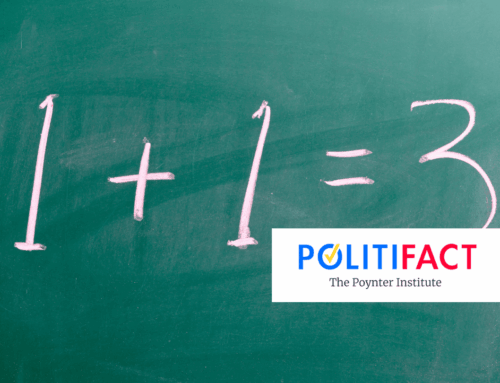Quickly scrambling to get out of town for the holidays, the House of Representatives was a flurry of activity on Wednesday. The chamber churned through the $636 billion defense spending bill, a $290 billion debt limit increase and a $154 billion stimulus part deux among a potpourri of other legislative provisions. The blow-by-blow is instructive.
The action started at midnight, when the Defense spending bill was posted online. Of course that also meant that unless lawmakers were able to do some sleep reading of the 700 page tome, many voted for the bill 14 hours later without knowing what was in it. Needless to say, voters didn’t have adequate time to review the bill either.
But there was no time to worry about that, the debt limit increase was on deck. Well, actually there was a bill to prevent caller ID spoofing, and a bill to fund the Department of Defense until December 23rd, to give the Senate time to vote on the spending bill (the fiscal year started October 1st, so Congress was – ahem – a little behind). And then lawmakers offered the impassioned pleas that we cannot default on the nation’s debts – which is true – and so had to raise the debt limit. Republicans cited then-Senator Obama’s criticism and opposition to a debt limit increase during President Bush’s tenure, House Majority Leader Hoyer (D-MD) stated that voting against the debt limit increase was demagoging and that he was demogaging when he voted against increases when Republicans controlled the chamber. All good theater, and though it was going to be a tight vote, its success was virtually guaranteed. Two and a half hours after the Defense spending bill passed, the debt limit was increased by a vote of 218-214. That $290 billion buys us another six weeks before Congress will have to increase the $12,394,000,000,000 limit again (that’s nearly $12.4 trillion if you didn’t want to count the zeroes).
But they weren’t done yet – next up, the jobs bill – basically another round of stimulus. This bill would direct $27.5 billion toward more infrastructure spending, increase aid to states and extend several benefit packages. Unlike the two earlier bills, this one is unlikely to survive the Senate intact, if at all, since the Senate is momentarily more leery of swelling this year’s predicted $1.5 trillion budget deficit. Because even though House leaders claimed to offset half the cost of the bill, the claims were based on tapping “saved” bailout funds, which is little more than an accounting gimmick. Even if the money has been repaid or we didn’t spend it, it can’t be used as an offset. It would be like saying you could spend the money you saved this year by not buying that Ferrari. So, two and one half hours after the debt limit vote, the House passed the Stimulus: The Sequel, by a vote of 217-212. Twenty minutes later, legislative work on the floor was done and lawmakers headed for the exits.
None of this legislation had been seen prior to Wednesday. And with the exception of the straightforward (one page) debt limit increase, these are complicated issues that Congress is wrestling over. It isn’t supposed to be like this, releasing and voting on bills the same day. And it didn’t have to be this way. The rest of America is working this Friday, and the Senate has worked through the last two weekends and will likely be here until Christmas Eve working on health care reform legislation.
The House has to get its priorities straight. If this legislation is important – and it is – lawmakers and the public should be able to read and review the legislation over the course of days, not hours. Voting on more than a trillion dollars worth of sight-unseen legislation is irresponsible and ignores the very real fiscal challenges facing this nation.









